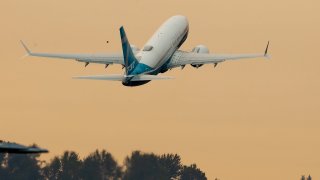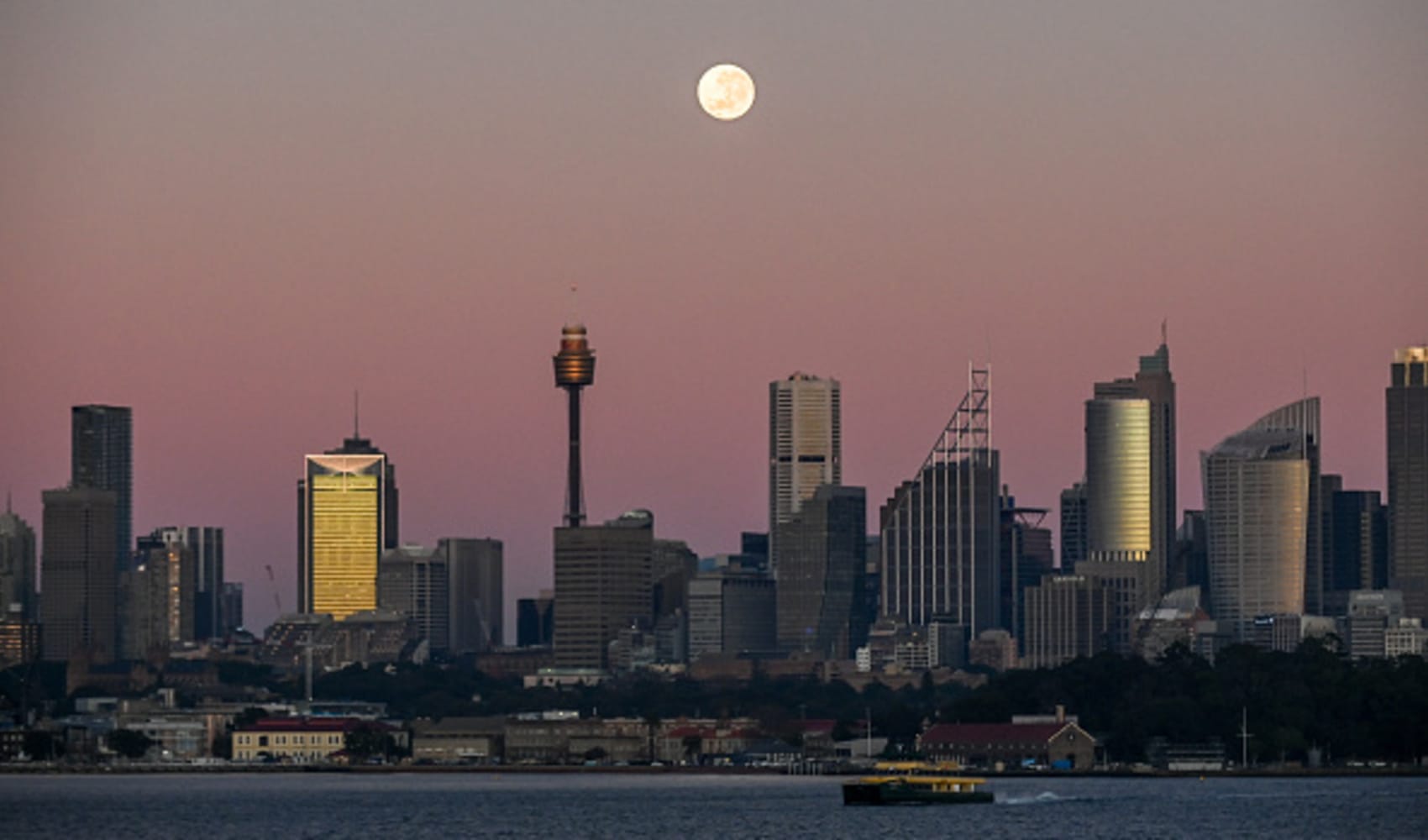
- The planes have been grounded since March 2019 after two crashes killed 346 people.
- The crashes sparked harsh criticism of Boeing from lawmakers and safety experts over the planes' design and the company's internal culture.
- Lawmakers are advancing bills to strengthen FAA oversight of new aircraft.
The Federal Aviation Administration on Wednesday cleared Boeing's 737 Max to fly passengers again after a nearly two-year ban, a turning point in a protracted crisis for the aircraft giant stemming from two crashes of its top-selling plane that killed 346 people.
FAA Administrator Steve Dickson after ungrounding the Max said a repeat of the conditions that led to both crashes is now "impossible" thanks to design and training changes.
"I'm 100% confident," Dickson, a former airline pilot told CNBC. "It's the most scrutinized transport airplane in history and it's ready to go.
Still, some victims' family members said Boeing hasn't done enough to ensure the plane is safe.
"They cut corners in the original design and they're cutting corners on the fixes," said Michael Stumo, whose daughter Samya died in the second 737 Max crash. "Passengers should just simply avoid it."
Money Report
In response, Dickson reiterated his confidence in the aircraft.
"I would put my own family on it," he said. "I understand the concerns. This is certainly a time for humility."
Investigations following the crashes revealed design flaws while troves of damning internal Boeing documents showed some employees expressing safety concerns, mocking regulators and boasting about getting them ease off of more stringent training requirements.
The crashes and the grounding also raised scrutiny of the FAA, long the world's gold standard of aviation safety, and raising questions about whether it ceded too much power in the certification process to Boeing before it approved the planes in 2017.
"We will never forget the lives lost in the two tragic accidents that led to the decision to suspend operations," Boeing's CEO, David Calhoun, said in a statement. "These events and the lessons we have learned as a result have reshaped our company and further focused our attention on our core values of safety, quality and integrity."
The end of the 20-month flight ban also gives Boeing the chance to start handing over the roughly 450 Max jetliners it has produced but has been unable to deliver to customers after regulators ordered airlines to stop flying them in March 2019. Boeing shares ended the day down 3.2% at $203.30.
Boeing has a backlog of more than 3,000 other Boeing 737 Max planes, when stripping out orders that the manufacturer believes could be canceled. That tally has declined as the lengthy grounding coupled with the coronavirus pandemic prompted customers to call off hundreds of orders.
Regulators grounded the Max in March 2019 after the second of two nearly new 737 Max planes crashed within five months of one another. The crashes prompted a lengthy safety review that was met with numerous delays, driving up losses and costs for Boeing.
For months after the crashes, Boeing and the FAA faced criticism from lawmakers and some air safety experts about the plane's design and certification. Tensions over the grounding between Boeing and the FAA cost the former CEO Dennis Muilenburg his job. U.S. lawmakers are now advancing legislation that would strengthen the FAA's oversight of new aircraft after it was criticized for being too lax on the new aircraft.
Investigations into the crashes and the Max's development focused on an automated flight-control system that was meant to prevent the aircraft from stalling. Pilots on both flights that crashed — Lion Air Flight 610 on Oct. 29, 2018, and Ethiopian Airlines Flight 302 on March 10, 2019 — struggled against the system after it was activated because of faulty sensor data.

Pilots weren't informed about the system, and mentions of it had been removed from manuals when they were delivered to airlines. The crashes and revelations afterward strained relations between Boeing and some of the world's largest pilot unions. A House investigation in September found regulatory, design and management problems as the jets were being developed led to the "preventable death" of everyone on board.
Boeing has since made the system less aggressive and added more redundancies, among other changes over the past two years.
Peter Gamble, a three-decade American Airlines pilot and a member of the Allied Pilots Association labor union's committee focused on the Max's return to service, expressed confidence in the aircraft after Boeing's changes.
"In aviation we're always full of redundancies, now that there's redundancies built in we're back to where we should have been in the beginning," he said. Gamble said Boeing had listened to pilot input as it readied the aircraft to return to service.
"That's how relationships are built," he said.
Airlines still have to train pilots and remove aircraft from storage, if they had 737 Maxes in their fleets at the time of the grounding.
American is set to be the first U.S. airline to return the aircraft to commercial service at the end of December. The carrier on Wednesday said it plans to expand Max flights throughout January from its Miami hub.
United Airlines said it plans to relaunch flights in the first quarter of 2021, while Southwest Airlines' CEO said Wednesday that it would return the planes in April at the earliest.






